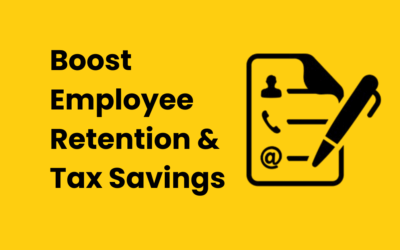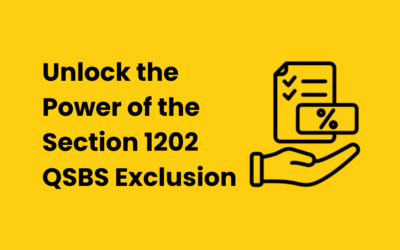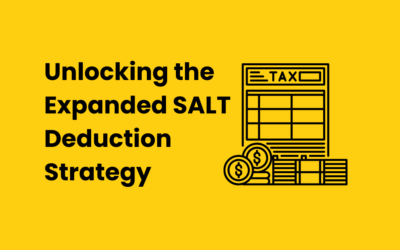HIVE TAX AI
Lotus Li

Lotus Li is a CPA who has transformed 20 years of professional experience into building products with a mission to simplifying everyone’s tax journey. She is passionate about bringing cutting-edge AI into the world of tax and finance and is deeply immersed in designing, building, and launching innovative AI-powered tax solutions.
How do I handle state tax returns if I move during the tax year?
File a part-year resident return in each state where you were a resident during the year. Each return covers the period you were a resident of that state.
Boost Employee Retention & Tax Savings with the Employer-Provided Child Care Credit
Discover how businesses can leverage the Employer-Provided Child Care Credit (IRC §45F) to support working parents and unlock meaningful tax savings.
Unlock the Power of the Section 1202 QSBS Exclusion: A Game-Changer for Founders and Investors
The Section 1202 Qualified Small Business Stock (QSBS) exclusion is one of the most powerful tax incentives available to startup founders, investors, and high-net-worth individuals
IRS Ends Direct File: What’s Next for Taxpayers as Focus Shifts to Free File Upgrades and Private Sector Innovation
The IRS has officially ended its Direct File pilot program, signaling a major shift toward enhanced Free File partnerships and private sector innovation.
Unlocking the Expanded SALT Deduction Strategy: How AI Tax Research and an AI Tax Planning Tool Can Elevate Your Game
If you’re a tax professional or high-net-worth individual, the newly expanded state and local tax deduction (SALT) presents a unique planning window
How do I treat PPP loan forgiveness?
Qualifying forgiveness of a Paycheck Protection Program (PPP) loan is excluded from gross income; it creates tax‑exempt income rather than taxable cancellation‑of‑debt income.
Which states tax remote workers differently in 2025?
Nebraska modified its “convenience of the employer” rule for employer withholding on remote employees who primarily work outside Nebraska
What are Qualified Business Income (QBI) deduction rules for 2025?
The QBI deduction allows up to 20% of your net qualified business income from domestic trades or businesses, plus up to 20% of qualified REIT dividends and qualified publicly traded partnership (PTP) income.
How do I report income from gig economy work and freelance jobs?
Report your gross receipts and expenses on Schedule C (Form 1040). Net profit is subject to income tax and self-employment (SE) tax; compute SE tax on Schedule SE if your net earnings from self-employment are $400 or more.
Which costs are deductible for running a small business?
You can deduct expenses that are ordinary (common and accepted in your trade) and necessary (helpful and appropriate) for carrying on your business. This is the baseline test under the Internal Revenue Code.




